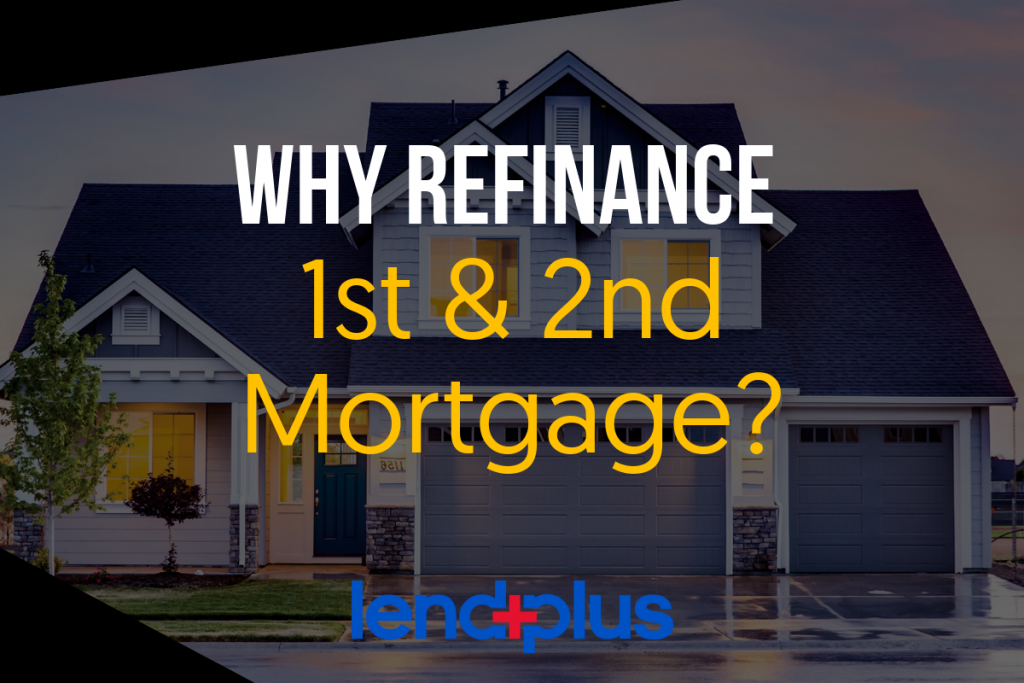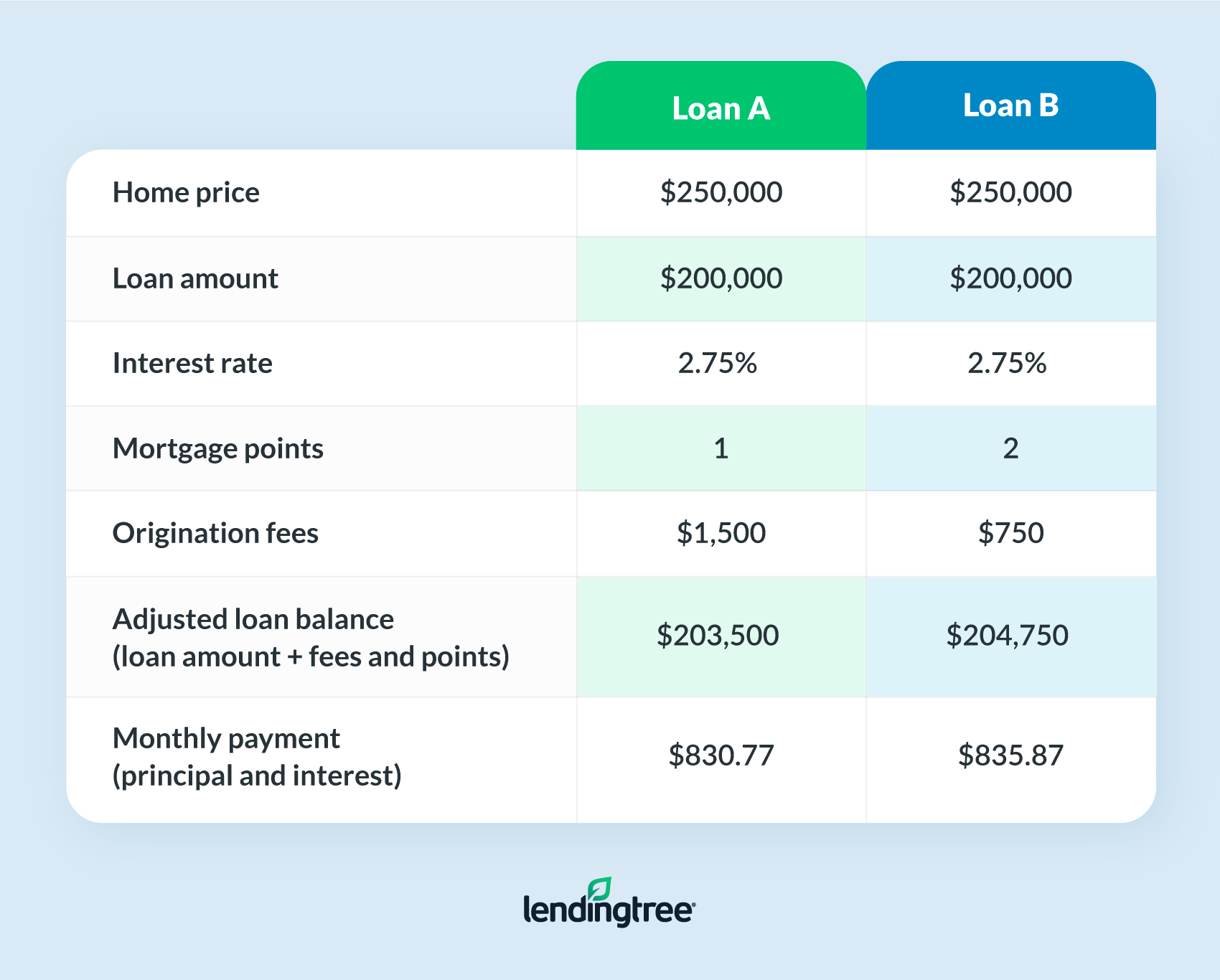You can't obtain 100% of what your house deserves, or anywhere near to it, however - what is the current index for adjustable rate mortgages. Part of your home equity should be utilized to pay the loan's expenditures, consisting of home mortgage premiums and interest. Here are a couple of other things you need to understand about just how much you can obtain: The loan earnings are based upon the age of the youngest customer or, if the debtor is married, the younger spouse, even if the younger partner is not a customer.
The lower the home mortgage rate, the more you can borrow. The higher your home's evaluated worth, the more you can borrow. A strong reverse home mortgage financial evaluation increases the proceeds you'll get because the lending institution will not keep part of them to pay real estate tax and house owners insurance on your behalf.
In January 2018, the average initial principal limitation was $211,468 and the typical maximum claim amount was $412,038. The typical customer's initial primary limit has to do with 58% of the optimum claim amount. The government decreased the preliminary principal limit in October 2017, making it harder for house owners, specifically younger ones, to receive a reverse home loan.
The federal government decreased the limit for the very same factor it changed insurance premiums: since the home loan insurance fund's deficit had nearly doubled over the past fiscal year. This is the fund that pays lending institutions and safeguards taxpayers from reverse mortgage losses. To further make complex things, you can't borrow all of your initial principal limits in the very first year when you select a swelling sum or a credit line.
And if you pick a lump amount, the amount you get up front is all you will ever get. If you pick the line of credit, your credit line will grow over time, however only if you have unused funds in your line. Both partners need to consent to the loan, but both don't have to be debtors, and this plan can develop problems (what is the current interest rate for home mortgages).
A reverse mortgage should be paid back when the customer passes away, and it's normally repaid by offering your house. If the enduring spouse wishes to keep the home, she or he will have to repay the loan through other ways, perhaps through an expensive refinance. Just one partner may be a customer if just one spouse holds title to your home, perhaps since it was acquired or because its ownership predates the marriage.
3 Easy Facts About How To Compare Lenders For Mortgages Explained
The nonborrowing spouse might even lose the home if the borrowing spouse had to move into a nursing home or retirement home for a year or longer. With a product as potentially rewarding as a reverse mortgage and a vulnerable population of customers who may have cognitive disabilities or be frantically seeking financial salvation, frauds abound.
The supplier or specialist might or might not actually provide on guaranteed, quality work; they might simply take the property owner's money. Loved ones, caretakers, and monetary advisors have actually also taken benefit of seniors by utilizing a power of lawyer to reverse home loan the home, then taking the earnings, or by encouraging them to buy a monetary item, such as an annuity or whole life insurance coverage, that the senior can only pay for by acquiring a reverse home loan.
These are simply a few of the reverse mortgage frauds that can trip up unwitting property owners. Another threat related to a reverse mortgage is the possibility of foreclosure. Despite the fact that the customer isn't responsible for making any mortgage paymentsand for that reason can't end up being overdue on thema reverse home loan requires the debtor to meet particular conditions.
As a reverse mortgage borrower, you are required to reside in the home and maintain it. If the home falls under disrepair, it won't deserve fair market price when it's time to sell, and the lending institution will not have the ability http://cruzhvgr347.lucialpiazzale.com/some-known-details-about-what-can-mortgages-be-used-for to recoup the total it has encompassed the borrower.
Again, the lending institution enforces these requirements to secure its interest in the home. If you do not pay your real estate tax, your local tax authority can take your home. If you don't have property owners insurance coverage and there's a house fire, the lending institution's collateral is damaged. About one in 5 reverse mortgage foreclosures from 2009 through 2017 were caused by the debtor's failure to pay property taxes or insurance coverage, according to an analysis by Reverse Home mortgage Insight.
Ideally, anybody interested in securing a reverse home mortgage will take the time to completely learn more about how these loans work. That way, no unethical loan provider or predatory scammer can take advantage of them, they'll be able to make a sound decision even if they get a poor-quality reverse home mortgage counselor and the loan will not come with any undesirable surprises. who has the best interest rates on mortgages.
Fascination About What Are Lenders Fees For Mortgages
Customers should put in the time to educate themselves about it to be sure they're making the finest option about how to utilize their house equity.
Much like a conventional home loan, there are costs connected with getting a reverse home mortgage, specifically the House Equity Conversion Home Loan (HECM). These costs are typically higher than those related to a traditional home mortgage. Here are a couple of fees you can anticipate. The upfront home mortgage insurance premium (MIP) is paid to the FHA when you close your loan.

If the house costs less than what is due on the loan, this insurance coverage covers the distinction so you won't end up underwater on your loan and the loan provider doesn't lose cash on their financial investment. It also safeguards you from losing your loan if your lender fails or can no longer fulfill its commitments for whatever factor.
The cost of the upfront MIP is 2% of the appraised value of the house or $726,535 (the FHA's financing limit), whichever is less. For instance, if you own a home that's worth $250,000, your upfront MIP will cost around $5,000. Along with an in advance MIP, there is also an annual MIP that accrues every year and is paid when the loan comes due.
5% of the loan balance. The home loan origination fee is the amount of cash a loan provider credits stem and process your loan. This cost is 2% of the first $200,000 of the house's value plus 1% of the staying worth after that. The FHA has set a minimum and maximum expense of the origination cost, so no matter what your house is valued, you will not pay less than $2,500 or more than $6,000.
The servicing charge is a regular monthly charge by the lender to service and administer the loan and can cost as much as $35 each month. Appraisals are needed by HUD and identify the marketplace worth of your house. While the true cost of your appraisal will depend upon aspects like location and size of the house, they normally cost between $300 and $500.

Indicators on What Do Underwriters Do For Mortgages You Need To Know
These costs might include: Credit report fees: $30 $50 Document preparation fees: $50 $100 Carrier fees: $50 Escrow, or closing fee: $150 $800 Title insurance coverage: Depend upon your loan and location There are lots of aspects that affect the rates of interest for a reverse home mortgage, consisting of the loan provider you work with, the type of loan you get and whether you get a fixed- or adjustable rate home mortgage.